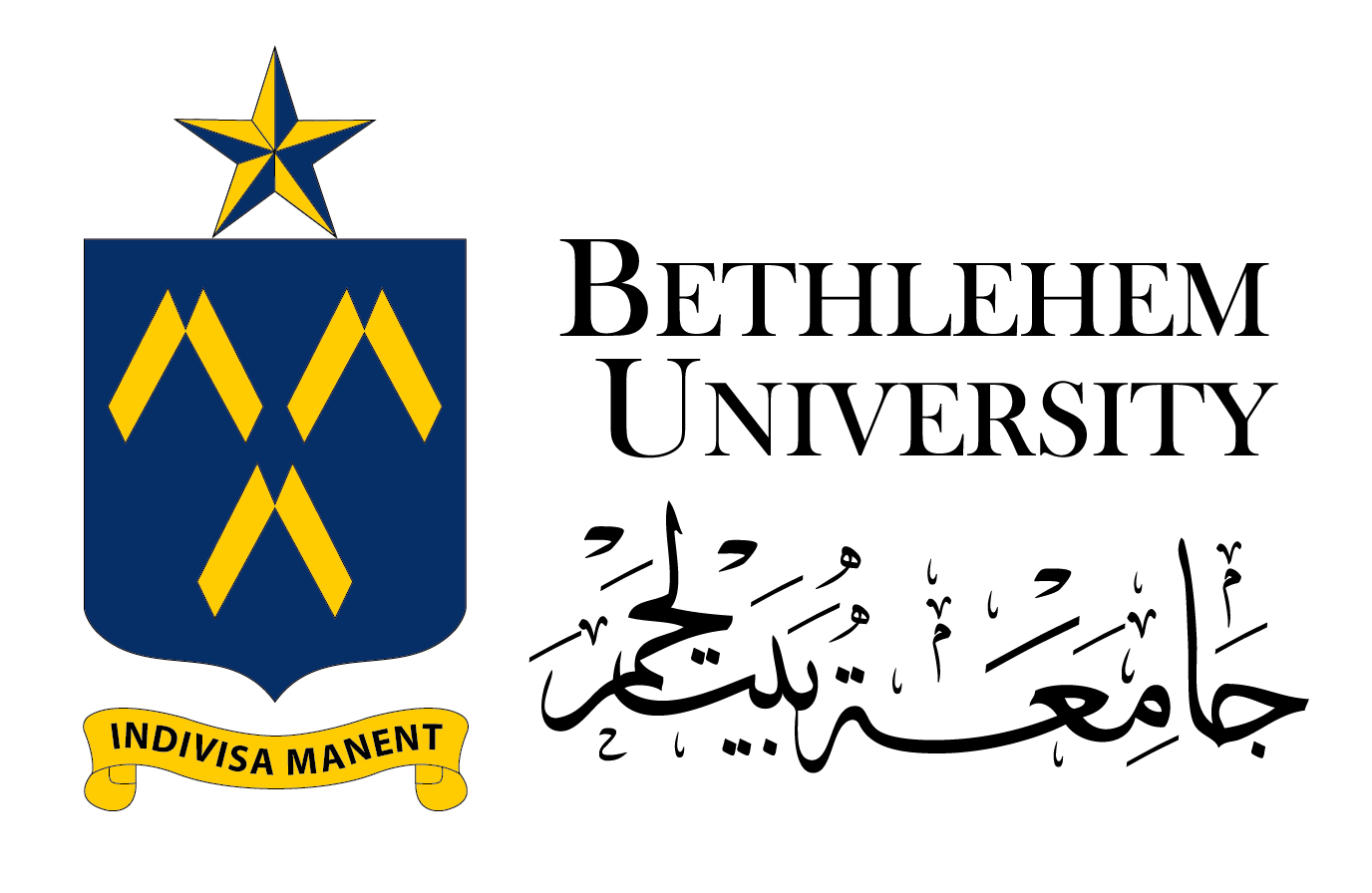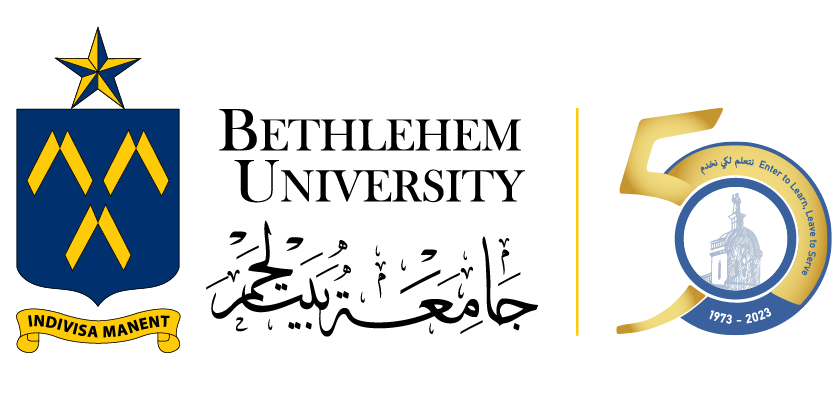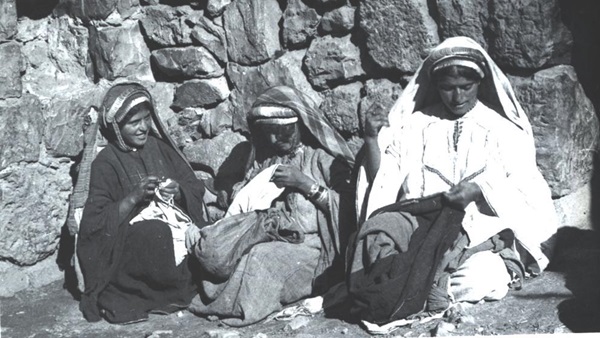| A girl normally began embroidery around the age of six or seven, and was taught cross-stitch and the motifs of her village by older girls or women. When she had learnt to sew neatly, she began embroidering the panels of her trousseau garments, and took her mother’s measurements to gauge her size. Dresses were sent to professional dressmakers for decorative patchwork and this was paid for by the groom as part of the dowry called ‘kisweh’. Dress from north of PalestineThe only area of Palestine where dresses are not richly decorated with silk embroidery is around the area of Tulkarm and Nablus. Women from the area attribute this remarkable cultural exception to their disdain for embroidery as a waste of time and money and to their heavy involvement in agriculture; women say ‘embroidery’ signifies a lack of work. They never admired embroidery. Agriculture was their only source of income. Festive dresses in southern Palestine are richly embroidered using cross-stitch, silk thread and couching with silk. Men and women working in the field Dress from south of Palestine Learning to embroider was like a school for them, to educate their daughters for the society of their time. Embroidery like all languages and artistic endeavors, also united those who shared it as a community, both as women in general, and as women of a specific village. Girls who married into another village were pressured to adopt their style of costume and embroidery; to fit in properly they had to conform to their standards and speak their language. Women have a strong sense of village identity and pride which is expressed in specific designs and motifs. Women from Ramallah embroidering, 1920 |
Text and photos: “Palestinian Costume” by Shelagh Weir, c1989. and “Palestine in picture” by C.E.Raven, c 1929.


